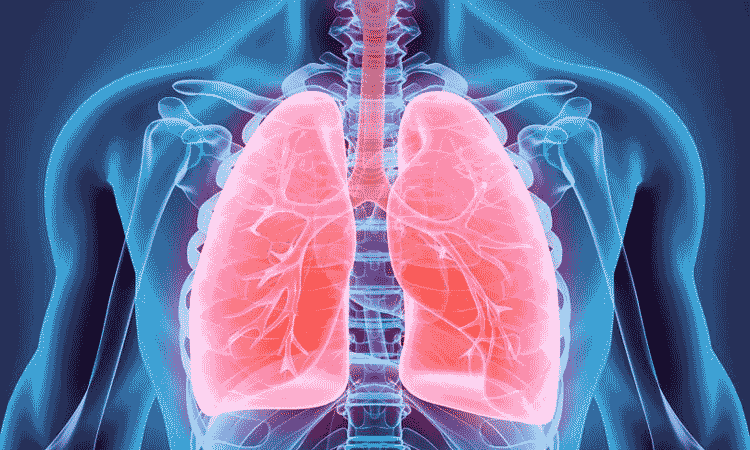We are now one step closer to reality thanks to new research that can use artificial intelligence to predict how long we are going to live.
In the first study of its kind, machine learning was used to predict which patients would die within five years, with 69% accuracy, by analysing imaging of patients’ chests.
The results are comparable with traditional predictions made by doctors.
While the findings from the University of Adelaide study may sound a little macabre, they could have important implications for the early diagnosis of serious illness, enabling doctors to intervene with potentially life-saving treatments.
“Predicting the future of a patient is useful because it may enable doctors to tailor treatments to the individual,” said lead author Dr Luke Oakden-Rayner, from the University of Adelaide’s School of Public Health.
“The accurate assessment of biological age and the prediction of a patient’s longevity has so far been limited by doctors’ inability to look inside the body and measure the health of each organ.
“Our research has investigated the use of ‘deep learning’, a technique where computer systems can learn how to understand and analyse images.”
In the study published in the Nature journal Scientific Reports, the researchers were unable to identify exactly what the computer system was seeing in the images in order to make its predictions. However, it was noted that the most confident predictions were made for patients with severe chronic diseases including emphysema and congestive heart failure.
“Instead of focusing on diagnosing diseases, the automated systems can predict medical outcomes in a way that doctors are not trained to do, by incorporating large volumes of data and detecting subtle patterns,” Dr Oakden-Rayner commented.
“Our research opens new avenues for the application of artificial intelligence technology in medical image analysis, and could offer new hope for the early detection of serious illness, requiring specific medical interventions.”
While the research is compelling, it was based on a relatively small sample of just 48 patients. The team plans to fix that by analysing tens of thousands of patient images in the next stage of their research. They also plan to use the same techniques to predict other medical conditions, including the onset of heart attacks.
“Although for this study only a small sample of patients was used, our research suggests that the computer has learnt to recognise the complex imaging appearances of diseases, something that requires extensive training for human experts,” said Dr Oakden-Rayner.
This isn’t the first time that AI has been used to try and predict life-threatening conditions.
Last year, researchers from the Houston Methodist Research Institute in Texas developed artificial intelligence software that can accurately predict breast cancer risk.
The study claims that the AI program reliably interprets mammograms and translates patient data into diagnostic information 30 times faster than a human doctor, with a 99% accuracy rating.


Comments are closed, but trackbacks and pingbacks are open.